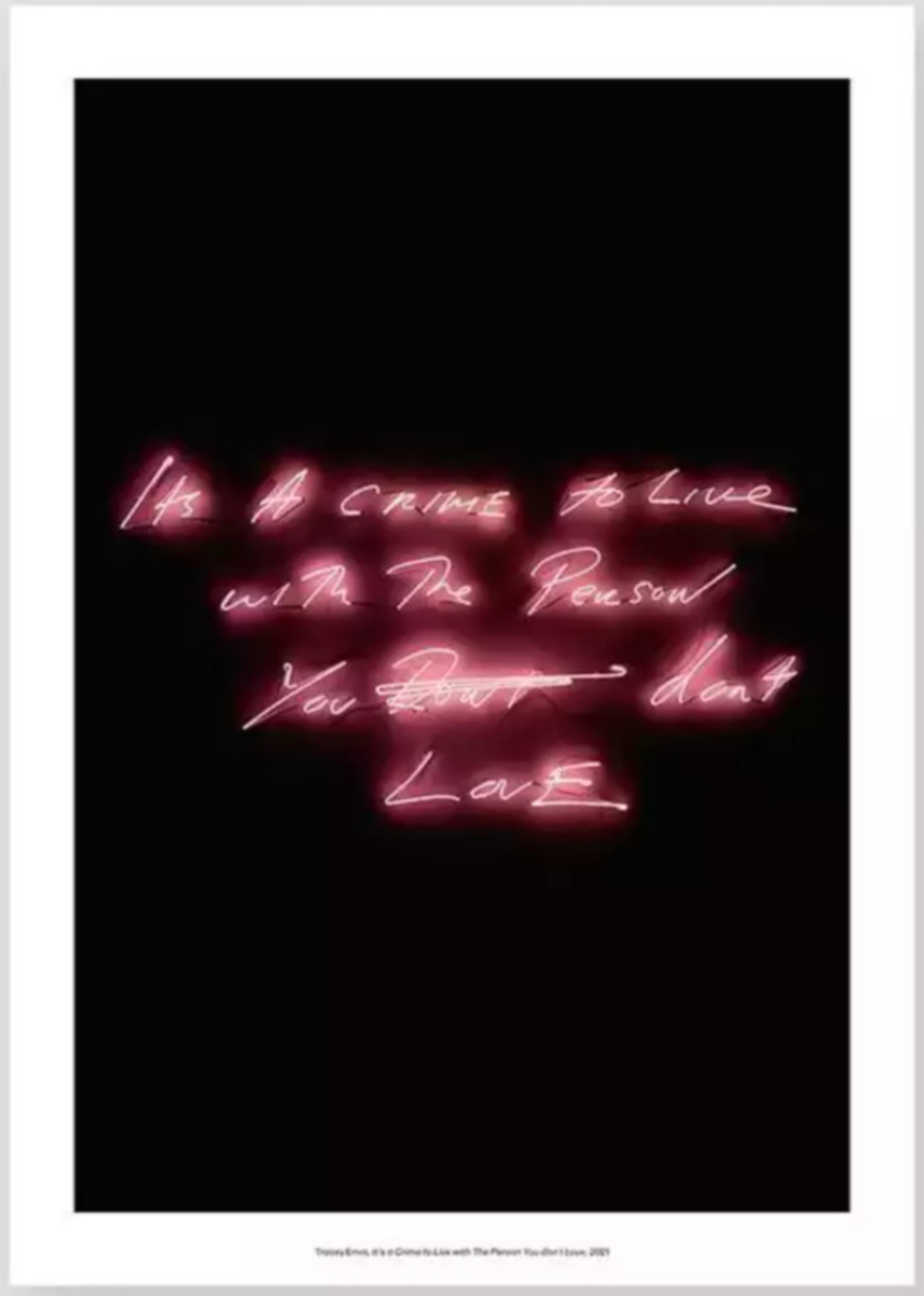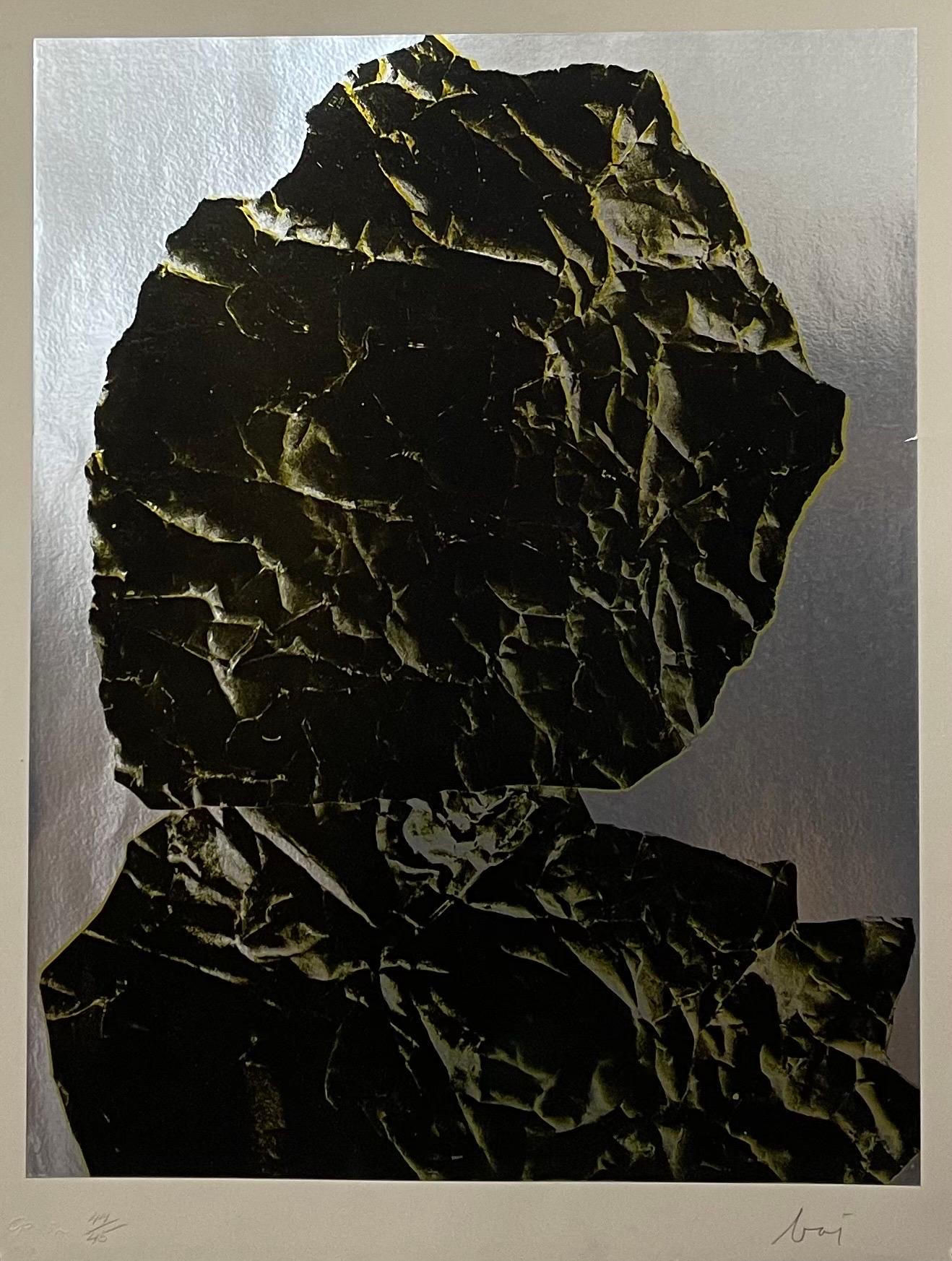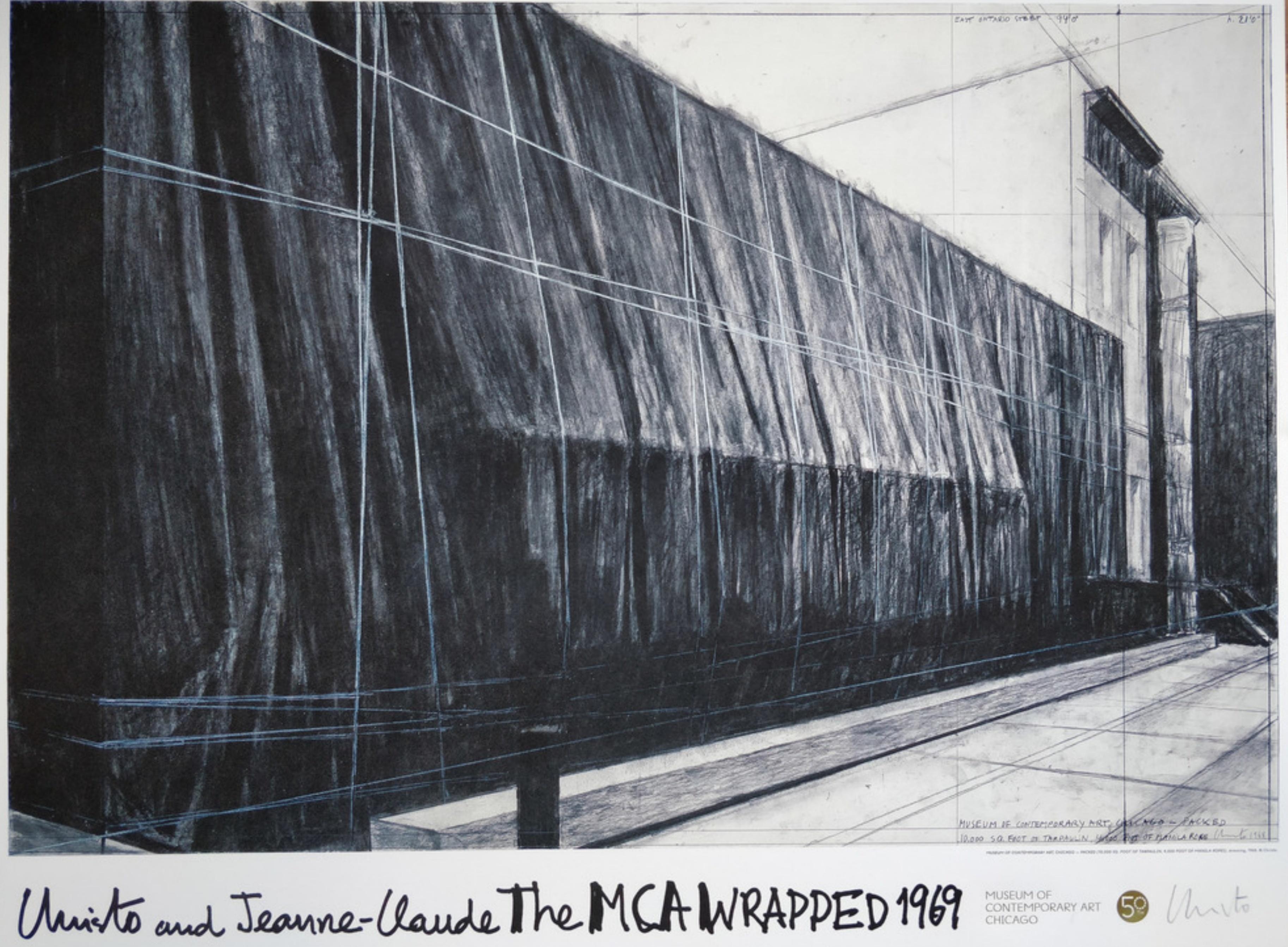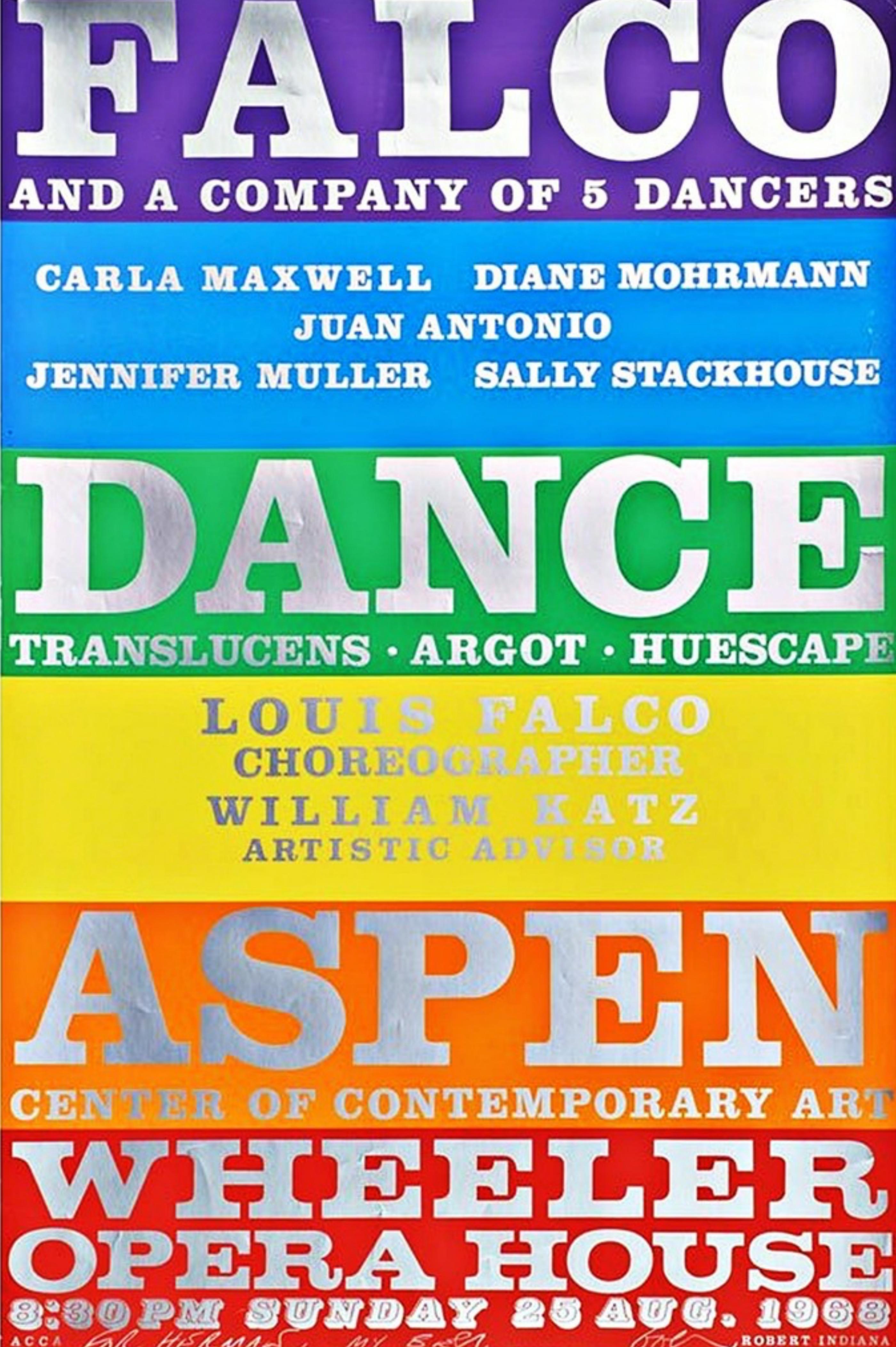Items Similar to Mod 1970s Israeli Judaica Foil Print 12 Tribes of Israel Zodiac Signs Hebrew
Want more images or videos?
Request additional images or videos from the seller
1 of 9
UnknownMod 1970s Israeli Judaica Foil Print 12 Tribes of Israel Zodiac Signs Hebrew
About the Item
Genre: Israeli Batia Adith
Subject: Biblical
Medium: Print
Surface: Paper
Dimensions w/Frame: 30 1/2" x 21 1/2"
- Dimensions:Height: 30.5 in (77.47 cm)Width: 21.5 in (54.61 cm)
- Medium:
- Movement & Style:
- Period:
- Condition:light wear to frame.
- Gallery Location:Surfside, FL
- Reference Number:
About the Seller
4.9
Platinum Seller
These expertly vetted sellers are 1stDibs' most experienced sellers and are rated highest by our customers.
Established in 1995
1stDibs seller since 2014
1,548 sales on 1stDibs
Typical response time: 1 hour
- ShippingRetrieving quote...Ships From: Surfside, FL
- Return PolicyA return for this item may be initiated within 3 days of delivery.
More From This SellerView All
- Italian Surrealist Pop Art Serigraph Enrico Baj Pop Art Silkscreen Foil PrintBy Enrico BajLocated in Surfside, FLEnrico Baj (1924-2003) Italian, limited edition print. Hand signed and numbered Signature on the corner. Edition 44 of 45. metallic silver aluminum. Baj was an Italian artist best known for his political collages, prints, paintings, and sculptures. He was close to the surrealist and dada movements, and was later associated with CoBrA. Italian artist Enrico Baj (1924-2003) was born in Milan into a wealthy family, but left Italy in 1944 having upset the authorities and to avoid conscription. He studied at the Milan University law faculty and the Brera Academy of Art. Italian Surrealist Pop Art. Artist, attorney, ironist, writer, sharp critic, and political dissenter, Enrico Baj brought an urgent, refreshing and unique voice to the art of his time. In 1951 he founded the Movimento d'Arte Nuclear...Category
1970s Surrealist Figurative Prints
MaterialsFoil
- In the style of Henry Moore, Mother and Child in Rocking ChairLocated in Surfside, FLThis is a cast metal sculpture of a woman and child, mother and baby in a rocking chair. It has a patina on a white metal. Not sure if it is steel or aluminum. It is and older vintage piece and has wear to patina where it sits and rocks on table. It is not signed or numbered and there is no foundry mark. Hence it is being sold as being after or in the manner of Henry Moore. Henry Spencer Moore (1898 – 1986) Moore was born in Castleford, the son of a coal miner. He became well-known through his carved marble and larger-scale abstract cast bronze sculptures, and was instrumental in introducing a particular form of modernism to the United Kingdom later endowing the Henry Moore Foundation, which continues to support education and promotion of the arts. After the Great War, Moore received an ex-serviceman's grant to continue his education and in 1919 he became a student at the Leeds School of Art (now Leeds College of Art), which set up a sculpture studio especially for him. At the college, he met Barbara Hepworth, a fellow student who would also become a well-known British sculptor, and began a friendship and gentle professional rivalry that lasted for many years. In Leeds, Moore also had access to the modernist works in the collection of Sir Michael Sadler, the University Vice-Chancellor, which had a pronounced effect on his development. In 1921, Moore won a scholarship to study at the Royal College of Art in London, along with Hepworth and other Yorkshire contemporaries. While in London, Moore extended his knowledge of primitive art and sculpture, studying the ethnographic collections at the Victoria and Albert Museum and the British Museum. Moore's familiarity with primitivism and the influence of sculptors such as Constantin Brâncuși, Jacob Epstein, Henri Gaudier-Brzeska and Frank Dobson led him to the method of direct carving, in which imperfections in the material and marks left by tools became part of the finished sculpture. After Moore married, the couple moved to a studio in Hampstead at 11a Parkhill Road NW3, joining a small colony of avant-garde artists who were taking root there. Shortly afterward, Hepworth and her second husband Ben Nicholson moved into a studio around the corner from Moore, while Naum Gabo, Roland Penrose, Cecil Stephenson and the art critic Herbert Read also lived in the area (Read referred to the area as "a nest of gentle artists"). This led to a rapid cross-fertilization of ideas that Read would publicise, helping to raise Moore's public profile. The area was also a stopping-off point for many refugee artists, architects and designers from continental Europe en route to America—some of whom would later commission works from Moore. In 1932, after six year's teaching at the Royal College, Moore took up a post as the Head of the Department of Sculpture at the Chelsea School of Art. Artistically, Moore, Hepworth and other members of The Seven and Five Society would develop steadily more abstract work, partly influenced by their frequent trips to Paris and their contact with leading progressive artists, notably Pablo Picasso, Georges Braque, Jean Arp and Alberto Giacometti. Moore flirted with Surrealism, joining Paul Nash's modern art movement "Unit One", in 1933. In 1934, Moore visited Spain; he visited the cave of Altamira (which he described as the "Royal Academy of Cave Painting"), Madrid, Toledo and Pamplona. Moore made his first visit to America when a retrospective exhibition of his work opened at the Museum of Modern Art in New York City.[28] Before the war, Moore had been approached by educator Henry Morris, who was trying to reform education with his concept of the Village College. Morris had engaged Walter Gropius as the architect for his second village college at Impington near Cambridge, and he wanted Moore to design a major public sculpture for the site. In the 1950s, Moore began to receive increasingly significant commissions. He exhibited Reclining Figure: Festival at the Festival of Britain in 1951, and in 1958 produced a large marble reclining figure for the UNESCO building in Paris. With many more public works of art, the scale of Moore's sculptures grew significantly and he started to employ an increasing number of assistants to work with him at Much Hadham, including Anthony Caro and Richard Wentworth. Moore produced at least three significant examples of architectural sculpture during his career. In 1928, despite his own self-described "extreme reservations", he accepted his first public commission for West Wind for the London Underground Building at 55 Broadway in London, joining the company of Jacob Epstein and Eric Gill. At an introductory speech in New York City for an exhibition of one of the finest modernist sculptors, Alberto Giacometti, Sartre spoke of "The beginning and the end of history...Category
1950s Modern Abstract Prints
MaterialsMetal
- Georges Braque Bouquet de Fleurs Lithograph Bold Blue Hand Signed Ltd Ed PrintBy Georges BraqueLocated in Surfside, FLGeorges Braque (French, 1882-1963) Bouquet de Fleurs Lithograph in colors, 1957. Published by Maeght, printed by Mourlot, Paris, France Numbered 166/300 and hand signed in pencil. ...Category
20th Century Modern Figurative Prints
MaterialsLithograph
- Mystic Cafe, Signed Aquatint Etching California Woman ArtistBy Susan HallLocated in Surfside, FLSusan Hall lives and works in Point Reyes Station, California, a town in the heart of the Point Reyes National Seashore. This pristine wilderness area is dominated by a mosaic of bay...Category
1970s American Modern Abstract Prints
MaterialsEtching, Aquatint
- El Herido, 1960's Spanish Avant Garde Political Screenprint Lithograph SignedBy Rafael CanogarLocated in Surfside, FLThe Wounded One (El Herido) from Violence (La Violencia) 1969 signed, dated and titled in pencil Dimensions: sheet: 22 1/16 x 30 1/16" (56 x 76.4cm) Rafael Canogar ( Toledo , 1935) is a Spanish painter, one of the leading representatives of abstract art in Spain. Disciple of Daniel Vazquez Díaz (1948-1953), in his first works he found a way to reach the avant garde and, very soon, to study abstraction deeply. He initially used a sculpture technique: with his hands he scratched or squeezed the paste that vibrated on flat colored backgrounds. It was a painting in which the initial gesture comes directly from the heart. At this point, Canogar embodied the best of painting material . In 1957 he founded with other artists the EI Paso group. With artists like Luis Feito, Manolo Millares, Pablo Serrano, Manuel Rivera and Antonio Saura, he begins the Spanish avant-garde movement and continues to do so until 1960. It is influenced by Action painting. They defended, between 1957 and 1960 , an informal aesthetic and the opening of Franco Spain...Category
1960s Modern Abstract Prints
MaterialsScreen
- Large Venezuelan Jewish Modernist Lithograph Menorah JudaicaBy Marius SznajdermanLocated in Surfside, FLMarius Sznajderman was a painter, printmaker and scenic designer living and working in the United States. Born in Paris, France in 1926 his Jewish parents had migrated to France from Poland in 1923. In November 1942 the family fled Nazi-occupied France for Spain before settling in Caracas, Venezuela. He attended the School of Fine Arts in Caracas where his teachers included illustrator Ramon Martin Durban, scenic designer Charles Ventrillon-Horber and painter Rafael Monasterios. and immigrated to the United States in 1949, where he received a Bachelor of Fine Arts and Master of Fine Arts from Columbia University in New York. He settled in Hackensack, New Jersey, where he lived and had a studio for more than 50 years before moving to Amherst, Massachusetts in 2015. His work, which includes painting, prints and collages, as well as set designs, is in more than 45 museum and public institution collections in the United States, Latin America and Israel. He held more than 40 solo exhibitions at galleries and museums and participated in more than 75 group shows around the globe. He helped found the Taller Libre de Arte, an experimental workshop for the visual arts, sponsored by the Ministry of Education. The Taller Libre de Arte was a center for young artists to work and to meet with critics and intellectuals to discuss avant-garde ideas and artistic trends from Europe and Latin America. Among the notable artists who participated in the Taller Libre de Arte were Ramón Vásquez Brito, Carlos González Bogen, Luis Guevara Moreno, Mateo Manaure, Virgilio Trómpiz...Category
20th Century Modern Figurative Prints
MaterialsLithograph
You May Also Like
- It's a Crime to Live with the Person You Don't Love with official COA + hologramBy Tracey EminLocated in New York, NYTracey Emin It's A CRIME to Live with The Person You don't LOVE, 2121 Giclée print on Hahnemühle FineArt Pearl 285gsm paper, accompanied by official COA with hologram 16 1/2 × 11 2/5...Category
2010s Contemporary Abstract Prints
MaterialsFoil
- "The Mermaid of Zennor" - Psychedelic Visionary Metallic Print, 9/100Located in Soquel, CAA dazzling visionary art print with psychedelic patterned imagery in metallic silver, teal, and yellow by Ian McNeil Cooke (British, b.1937). The Merm...Category
1980s Other Art Style Abstract Prints
MaterialsFoil
- The MCA Wrapped, 1969 (Limited Edition of 300) gold foil stamp museum provenanceBy ChristoLocated in New York, NYChristo The MCA (Museum of Contemporary Art) Wrapped, Chicago, 1969, 2019 Limited Edition Four-color offset lithograph on 110 lb. Crane Lettra Cover stock, with an elegant gold foil...Category
2010s Pop Art Figurative Prints
MaterialsFoil
- The Wrapped (MCA), Chicago 1969 (Limited Edition of 200, Hand Signed by Christo)By Christo and Jeanne-ClaudeLocated in New York, NYChristo and Jeanne-Claude The Wrapped (MCA), 1969 (Hand Signed), 2019 Four-color offset lithograph on 110 lb. Crane Lettra Cover stock, with an elegant gold foil stamp. Hand Signed by Christo 22 3/5 × 30 inches Edition of 200 Hand-signed by artist, Signed in graphite pencil by Christo on the front. Also elegant gold foil stamp. Unnumbered from the documented limited edition of only 200 Published by Museum of Contemporary Art, (MCA) Chicago Unframed A great gift for anyone with ties to Chicago! This limited-edition, hand signed offset lithograph on 110 lb. Crane Lettra Cover stock commemorates Christo's exhibition "Wrap In Wrap Out", which took place at the MCA’s original location on 237 East Ontario Street, Chicago. The project became the first public building Christo and his wife, Jeanne-Claude, wrapped in the United States. In an illuminating 2010 article entitled, "A daring plan to wrap a Chicago museum raises city ire – and makes art history," author Robin Amer recounts how Christo came to choose Chicago -- or rather how Chicago chose New York based artist Christo: "During a recent conversation he [Christo] ticked off the list of buildings he approached in downtown Manhattan starting in 1961. “Number 2 Broadway, number 20 Exchange Place,” he recalled. “We tried to wrap a building at Times Square. They all said no. Christo said he quickly realized that his best hope to wrap a building – his first in North America – would be to wrap a museum, which might be more amenable to his strange proposition.Christo and Jeanne-Claude approached New York’s Museum of Modern Art in 1967. The museum was interested, but Christo said they failed to secure permission for the show from the New York Fire...Category
1960s Pop Art Abstract Prints
MaterialsFoil
- FALCO Dance Co., Aspen Rare rainbow color silkscreen (hand signed & Inscribed)By Robert IndianaLocated in New York, NYRobert Indiana FALCO Dance Company (Hand Signed/Dedicated), 1968 Silkscreen on metallic and wove paper Hand signed by Robert Indiana with personal inscription on the front Unframed T...Category
1960s Pop Art Abstract Prints
MaterialsFoil
- 'Untitled' original 1960s signed serigraph silver abstract vintage train pop artLocated in Milwaukee, WIIn this untitled serigraph, Vincent DiMattio combines the aesthetics of the space age with Pop Art sensibilities and techniques. In the postwar era of the 1950s and 1960s, the United States was in the midst of a period of economic growth for the middle class, and so the trappings and imagery of middle class life became the subjects of a number of artists. While figures like Andy Warhol focused on images of celebrities and soup cans, here DiMattio looks to robots and rockets. At the far left, a figure appears with a round green head and a small clamping arm. To the right, a form like a tank with phallic protrusions, one with a head like the form of a space ship. These signs all alight with the space age toys...Category
1960s Pop Art Abstract Prints
MaterialsFoil





